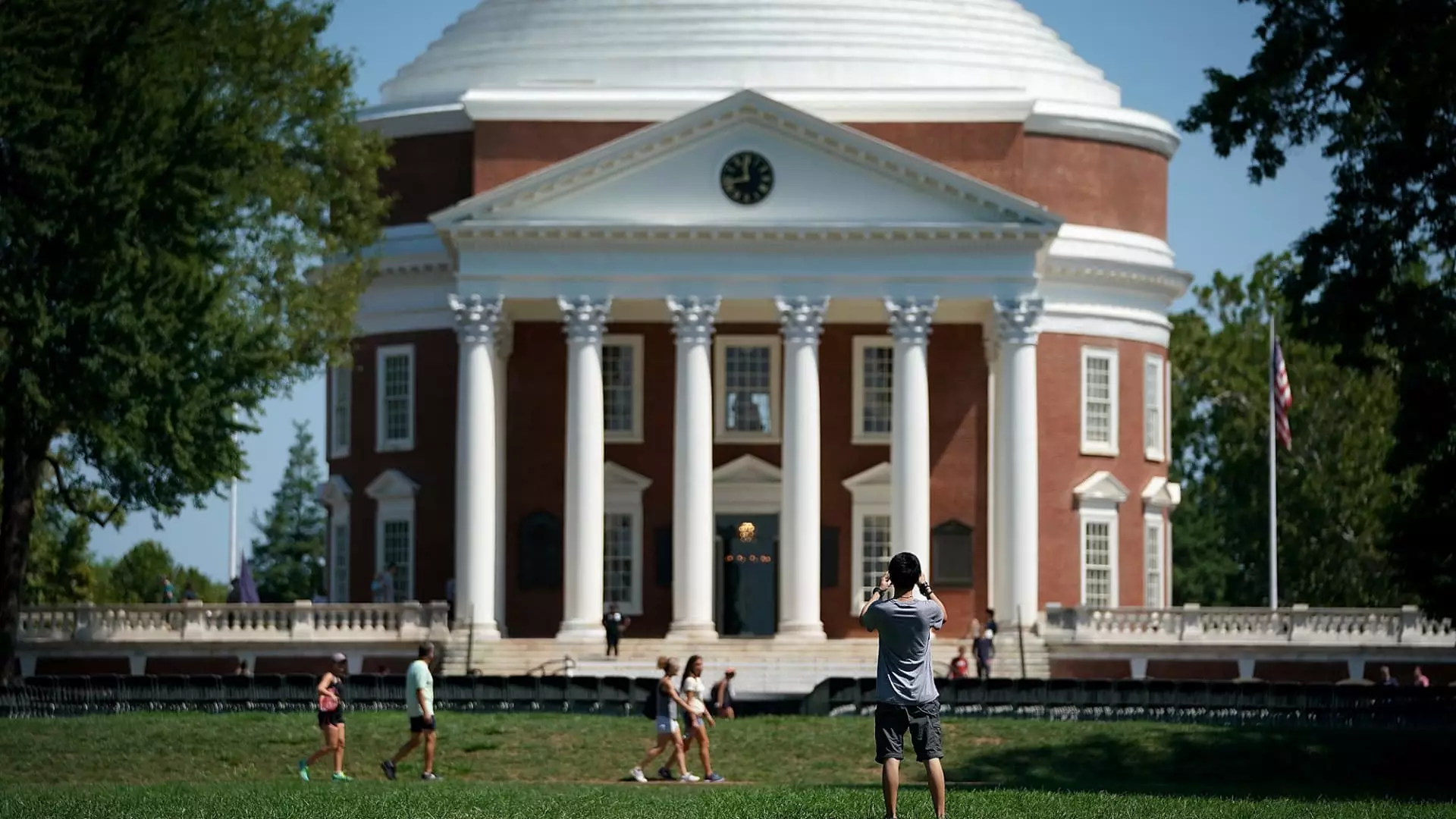The current problems with the Free Application for Federal Student Aid (FAFSA) have been causing significant issues for high school seniors and their families. Not only have these challenges led to delays in the distribution of financial aid award letters, but they have also deterred many students from even applying for aid in the first place. Recent data shows that only 45% of the high school class of 2024 has completed the FAFSA as of June 14, which represents a 12% decline compared to the previous year for the class of 2023. The consequences of this decline are dire, with over 300,000 students missing out on financial aid opportunities, especially those with the highest financial need.
With the absence of financial aid, the cost of attending a four-year college or university has skyrocketed to nearly $100,000 per year when factoring in tuition, fees, room and board, books, transportation, and other expenses. However, despite the steep price tag, many students and their families do not end up paying the full amount, thanks to federal aid programs and additional financial assistance options available at the state or institutional level. The Princeton Review has been ranking colleges based on the amount of financial aid awarded and student satisfaction with their aid packages. The data from the 2024 report, compiled from surveys of administrators and students at over 650 colleges, sheds light on how institutions are addressing the issue of college affordability.
The challenges posed by the FAFSA have pushed some colleges to reevaluate their financial aid policies and adopt more proactive approaches to addressing the cost of attendance. This shift is expected to attract more families to consider these institutions, as highlighted by Nancy Goodman, founder of College Money Matters. Colleges known for their generous financial aid offerings are likely to become more appealing to students seeking assistance in funding their education. Among the top schools identified by The Princeton Review, the average scholarship grant awarded in 2023-24 to students with financial need exceeded $68,000.
The comprehensive ranking of colleges by The Princeton Review showcases institutions that are leading the way in providing substantial financial aid packages to students. For example, Yale University, Vassar College, Williams College, Pomona College, and the California Institute of Technology are among the top schools recognized for their commitment to supporting students with financial need. The average scholarship grants awarded at these institutions in the previous academic year totaled over $20,000 for students requiring assistance.
In addition to private institutions, public universities also play a crucial role in providing financial aid to students. Schools like the University of Virginia, University of North Carolina at Chapel Hill, New College of Florida, University of Michigan – Ann Arbor, and the University of California, Berkeley, have been commended for their efforts in supporting students with need-based scholarships. These institutions offer affordable options for in-state students, helping reduce the out-of-pocket costs associated with higher education.
The ongoing challenges with the FAFSA have had a significant impact on the accessibility of financial aid for high school seniors. As colleges and universities continue to address these issues and enhance their financial aid offerings, students and their families can look forward to more affordable options for pursuing higher education. It is crucial for policymakers and educational institutions to work together to overcome these obstacles and ensure that all students have equal opportunities to access the financial support they need to succeed in college.


Leave a Reply